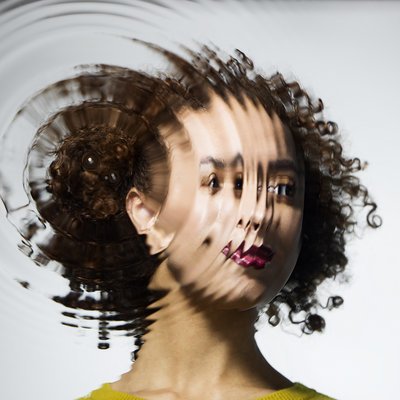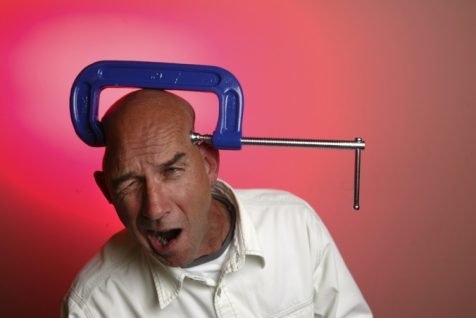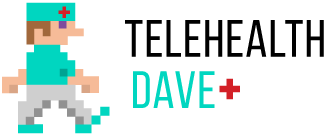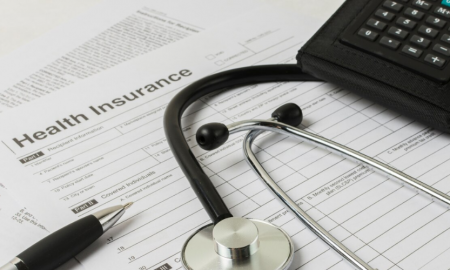
Migraines: Warning Signs and Triggers

A migraine is a painful headache that occurs on one side of the head. It is often triggered by specific situations or compounds that include the environment, hormones, and a few others. Migraines mainly occur among women; 75% of all patients are women. Migraines can also affect the ability of the person to complete common tasks.
 What Is The Difference Between A Headache And a Migraine?
What Is The Difference Between A Headache And a Migraine?
 A classic migraine comes with an aura that makes the patient visualize field changes which can be in the form of dots, wavy lines, and blurriness before the onset of the pain in about an hour. Approximately 20% of the people who suffer from migraines are victims of this classical type of a migraine.
A classic migraine comes with an aura that makes the patient visualize field changes which can be in the form of dots, wavy lines, and blurriness before the onset of the pain in about an hour. Approximately 20% of the people who suffer from migraines are victims of this classical type of a migraine.
 The Warning Signs Of A Migraine
The Warning Signs Of A Migraine
Not everyone suffers from the classical type of a migraine where aura is common. Around 25% of migraine patients are at the prodromal phase. This phase can begin as early as 24 hours before the development of a migraine and consists of mood changes, depression, irritability, excitement and sensations of odd smells and tastes. SOme patients may also feel tense and tired.
 Symptoms Of A Migraine
Symptoms Of A Migraine
Throbbing pain on one side of the head is a common symptom of a migraine and can make it difficult for the patient to be able to complete simple tasks or to work. The pain in the head can also radiate towards the forehead, eyes or the temple and cause vomiting, nausea, and problems with one’s vision.
 What Causes Migraines?
What Causes Migraines?
Researchers are yet to understand the neurological causes of migraines. They are still speculating that unknown factors initiate a mix of brain chemicals to cause a migraine.
 The Triggers For A Migraine
The Triggers For A Migraine
 Exposure to a specific set of circumstances is most often the cause of a migraine. One of the most common triggers is strong flickering lights—faulty fluorescent lights and sunlight reflected off the waves in the ocean or a lake can trigger a migraine.
Exposure to a specific set of circumstances is most often the cause of a migraine. One of the most common triggers is strong flickering lights—faulty fluorescent lights and sunlight reflected off the waves in the ocean or a lake can trigger a migraine.
Anxiety and stress also have a role to play in triggering a migraine. Migraine patients may not be able to lead stress-free lives, but they can reduce stress through relaxation techniques. Lack of food and sufficient sleep are also potential causes of a migraine. Other conditions like eating disorders can also lead to migraines.
Among women, the problem of migraines is linked to their menstrual cycle. The increase or decrease in hormones is considered as a migraine trigger in some women. However, the patterns differ between from one woman to another, so a single type of hormonal therapy will not be effective for everyone. Some foods also have the potential to trigger migraines in people, but any type of food can trigger a migraine. People have mentioned that such foods as red wine, chocolate, processed cheese, and MSG trigger migraines in them.
 Who Is Susceptible To A Migraine?
Who Is Susceptible To A Migraine?
Women are more susceptible to migraines—and suffer from the problem three times more—than men. Migraines can also affect people who have epilepsy, depression, anxiety, stroke, asthma, and people with neurologic and genetic disorders.
 Diagnosing Migraines
Diagnosing Migraines
Physicians look at the clinical history of the symptoms when trying to diagnose migraines. Doctors also perform a CT or MRI brain scan to determine whether there are any other causes of headaches.
 Treatment For Migraines
Treatment For Migraines
If you have migraines, there are several over-the-counter medications that treat the condition. While OTC medications have proved helpful for some, they may have unanticipated side effects. Therefore, it is advisable to consult a doctor to prescribe medications to avoid unpleasant side effects.
More in Fitness
-
`
Hair & Makeup Designer Sarah Rubano Talks Turning Mia Goth Into Pearl
Transforming an actor into an unrecognizable character is no small feat, and Mia Goth’s Pearl makeup in the hit movie “Pearl”...
December 17, 2024 -
`
The Physical Signs of Hunger and How Mindful Eating Makes a Difference
Hunger is one of the most basic yet essential signals our body uses to communicate its need for energy. However, many...
December 15, 2024 -
`
Why Did Chris Pratt Call Anna Faris Before Proposing to Katherine?
Chris Pratt, the beloved star of “Guardians of the Galaxy,” made headlines when he revealed that he called his ex-wife, Anna...
December 3, 2024 -
`
6 Proven Tips to Tackle Insurance Claim Denials Successfully
Claim denials are a common hurdle for healthcare providers and professionals, even for those who follow the necessary procedures to avoid...
December 1, 2024 -
`
5 ‘Bad’ Fitness TikTok Trends You Shouldn’t Follow
TikTok has become a haven for creative fitness advice. But not all trends are worth your time or your health. From...
November 23, 2024 -
`
Does Drinking Water Affect Adrenal Hormones?
Drinking water is often seen as a simple way to stay hydrated, but it has deeper effects on our body than...
November 14, 2024 -
`
Why We Feel the Loss of Celebrities So Deeply?
Celebrity grief might sound strange at first. After all, most of us have never met these famous figures in person, yet...
November 5, 2024 -
`
Are High Deductible Insurance Plans as Ideal as They Appear to Be?
High deductible insurance plans have been a hot topic for years, especially as healthcare costs continue to rise. For many Americans,...
October 31, 2024 -
`
How Training Load Data Can Transform Your Exercise Routine
Tracking progress during workouts is challenging. Simple metrics like mileage or time don’t show the whole picture. Understanding the overall effort...
October 26, 2024















You must be logged in to post a comment Login